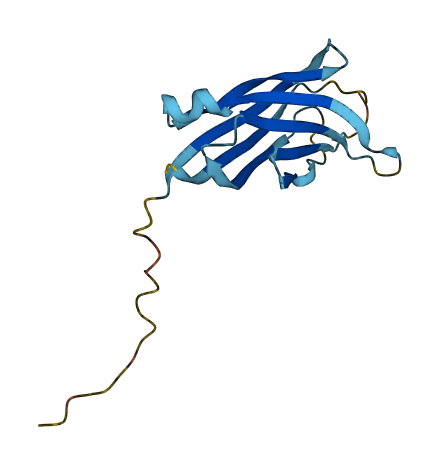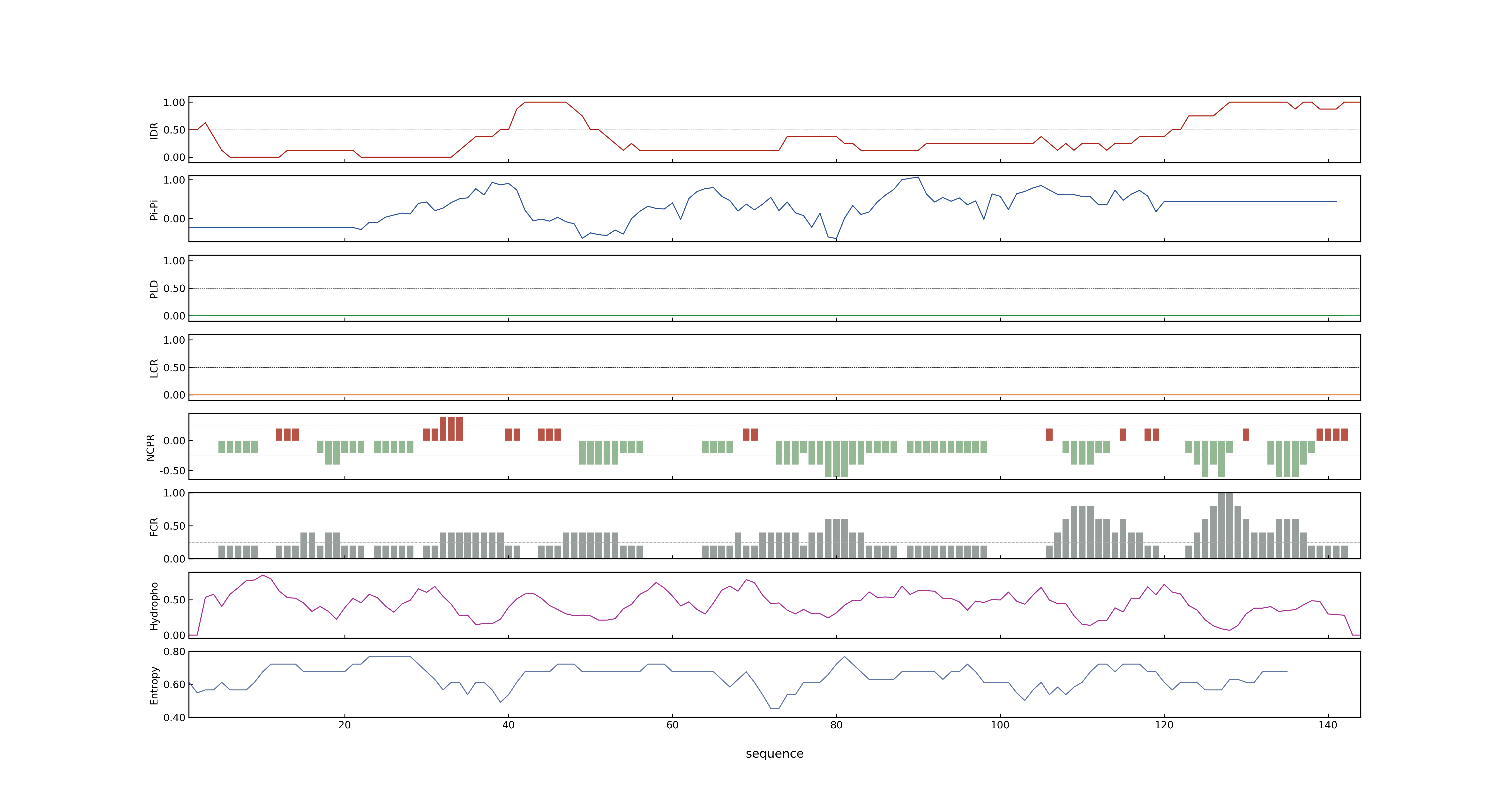- Information
- Symbol: Rpp16,OsPBP1
- MSU: LOC_Os04g44870
- RAPdb: Os04g0531100
- PSP score
- LOC_Os04g44870.1: 0.0043
- PLAAC score
- LOC_Os04g44870.1: 0
- pLDDT score
- 80.35
- Protein Structure from AlphaFold and UniProt
- MolPhase score
- LOC_Os04g44870.1: 0.00068063
- MolPhase Result
- Publication
- Rice OsERG3 encodes an unusual small C2-domain protein containing a Ca2+-binding module but lacking phospholipid-binding properties, 2011, Biochim Biophys Acta.
- Rpp16 and Rpp17, from a Common Origin, have Different Protein Characteristics but Both Genes are Predominantly Expressed in Rice Phloem Tissues, 2002, Plant and Cell Physiology.
- A novel C2-domain phospholipid-binding protein, OsPBP1, is required for pollen fertility in rice, 2008, Mol Plant.
- Genbank accession number
- Key message
- OsPBP1 is a single copy gene and preferentially expressed in pistil and pollen but down-regulated by pollination
- Pollen grains of antisense OsPBP1 transgenic lines were largely nonviable, germinated poorly in vitro and of low fertility
- OsPBP1 protein was localized in a region peripheral to pollen wall and vesicles of elongating pollen tube, and its repressed expression reduced substantially this association and led to alteration of microfilament polymerization during pollen germination
- Taken together, these results indicate that OsPBP1 is a novel functional C2-domain phospholipids-binding protein that is required for pollen fertility likely by regulating Ca(2+) and phospholipid signaling pathways
- A novel C2-domain phospholipid-binding protein, OsPBP1, is required for pollen fertility in rice
- Connection
- Rpp16~OsPBP1, Rpp17~OsERG1, Rpp16 and Rpp17, from a Common Origin, have Different Protein Characteristics but Both Genes are Predominantly Expressed in Rice Phloem Tissues, The genes for two types of rice phloem protein (RPP16 and RPP17) were isolated and characterized
- Rpp16~OsPBP1, Rpp17~OsERG1, Rpp16 and Rpp17, from a Common Origin, have Different Protein Characteristics but Both Genes are Predominantly Expressed in Rice Phloem Tissues, Conservation of five exon sizes as well as splicing positions between the two genes suggest that either RPP16 or RPP17 is a resultant of gene duplication
- Rpp16~OsPBP1, Rpp17~OsERG1, Rpp16 and Rpp17, from a Common Origin, have Different Protein Characteristics but Both Genes are Predominantly Expressed in Rice Phloem Tissues, By protein blot analysis, RPP16 and RPP17 proteins were specifically detected in soluble and insoluble fractions of a crude extract of rice plants, respectively, suggesting that these proteins play different roles in individual cells
- Rpp16~OsPBP1, Rpp17~OsERG1, Rpp16 and Rpp17, from a Common Origin, have Different Protein Characteristics but Both Genes are Predominantly Expressed in Rice Phloem Tissues, The expression of Rpp16 and Rpp17 was monitored by the ÃÂÃÂÃÂÃÂÃÂÃÂÃÂÃÂÃÂÃÂÃÂÃÂÃÂÃÂÃÂò-glucuronidase (gusA) reporter-gene method
- Rpp16~OsPBP1, Rpp17~OsERG1, Rpp16 and Rpp17, from a Common Origin, have Different Protein Characteristics but Both Genes are Predominantly Expressed in Rice Phloem Tissues, Rpp16-gusA and Rpp17-gusA were expressed preferentially in the phloem tissues from different parts of the plant, but almost no GUS staining was observed in the rest of the tissues
- Rpp16~OsPBP1, Rpp17~OsERG1, Rpp16 and Rpp17, from a Common Origin, have Different Protein Characteristics but Both Genes are Predominantly Expressed in Rice Phloem Tissues, Rpp16 and Rpp17, from a Common Origin, have Different Protein Characteristics but Both Genes are Predominantly Expressed in Rice Phloem Tissues
Prev Next

